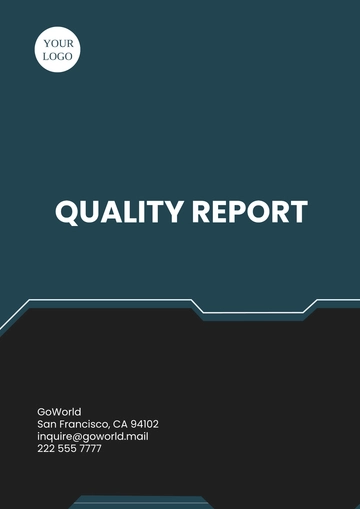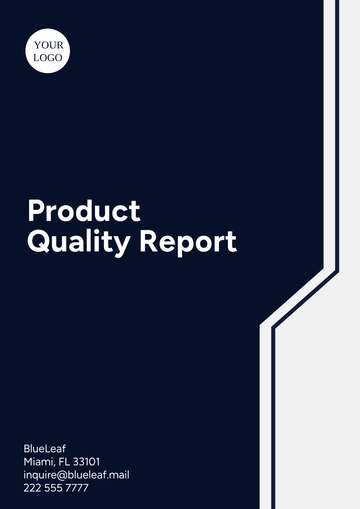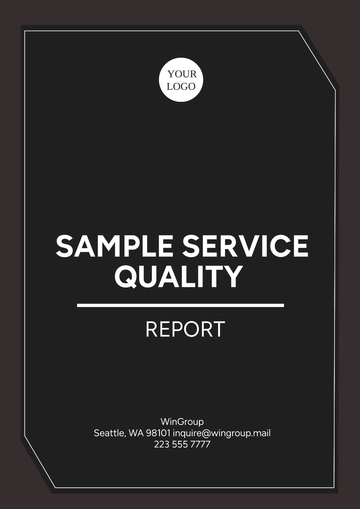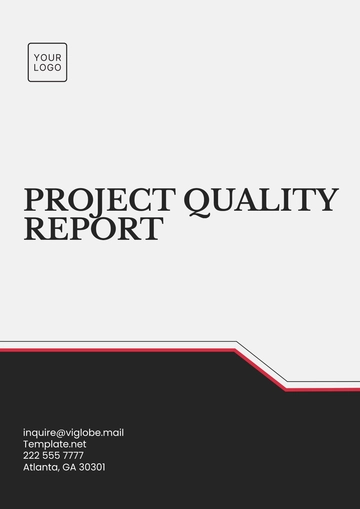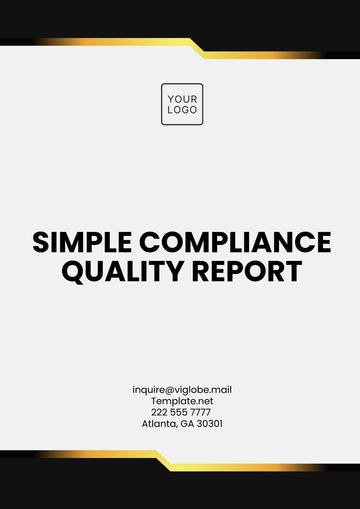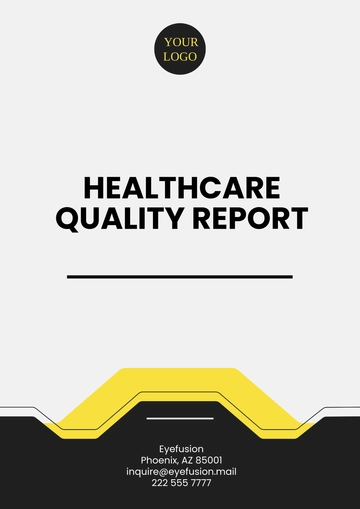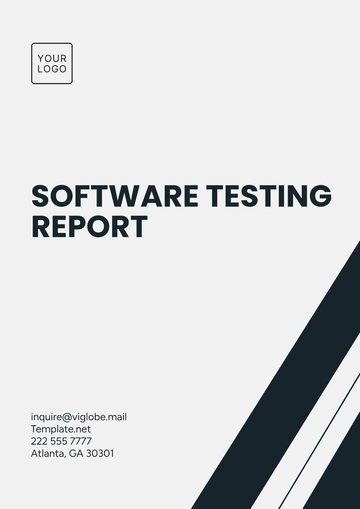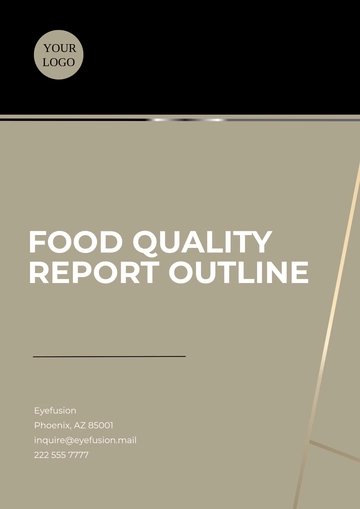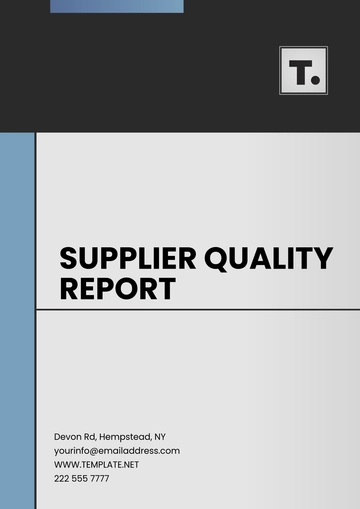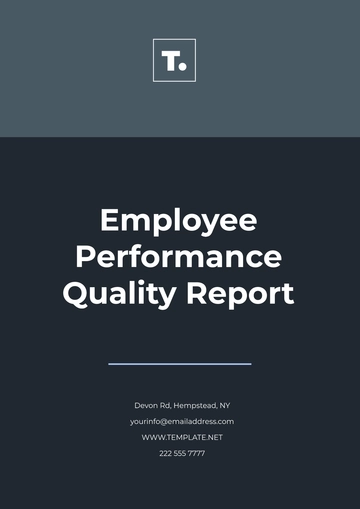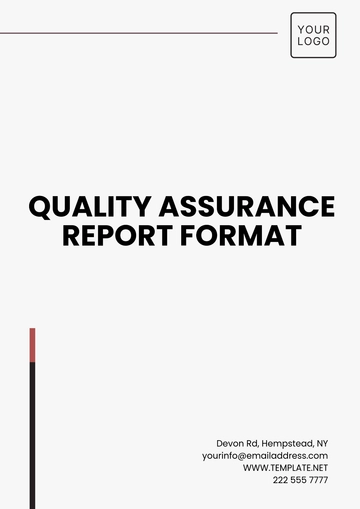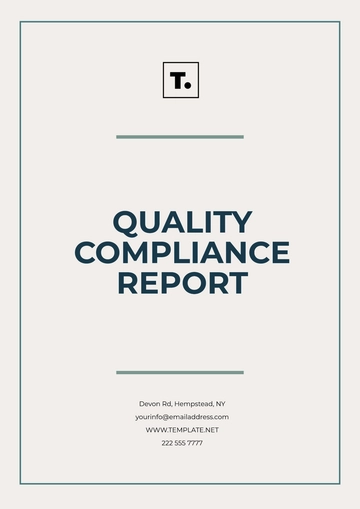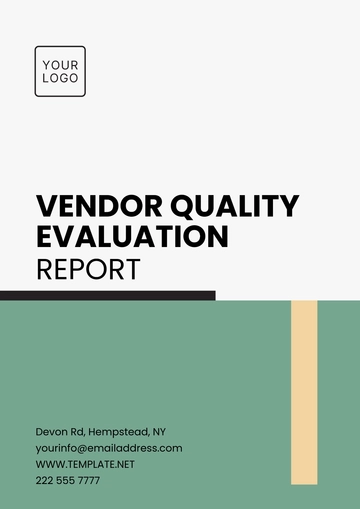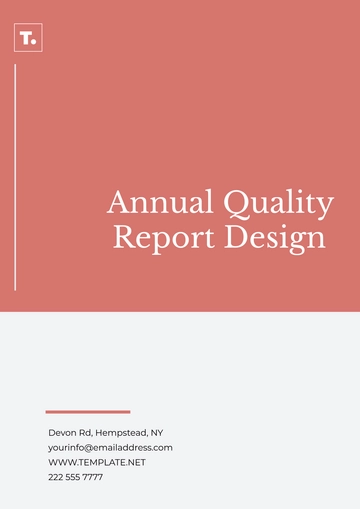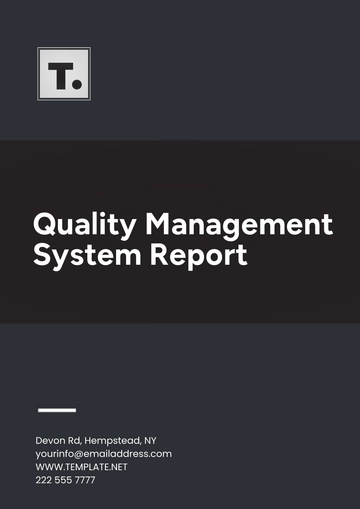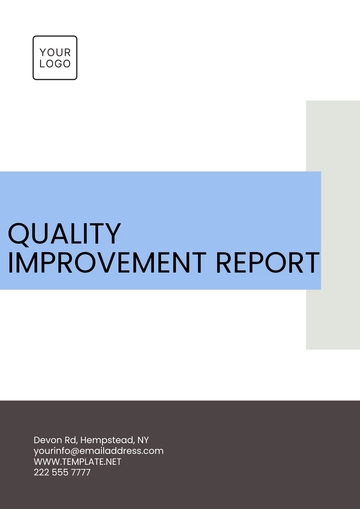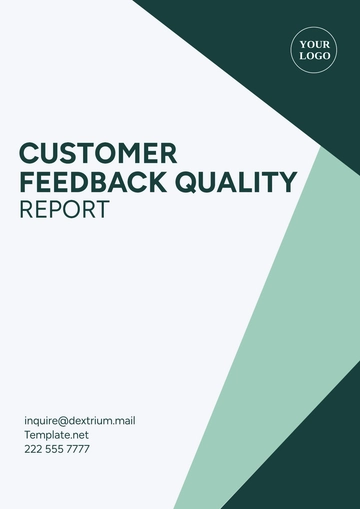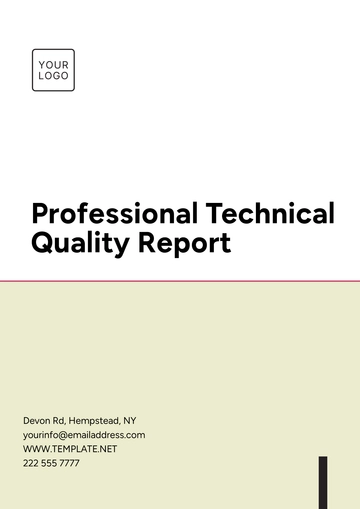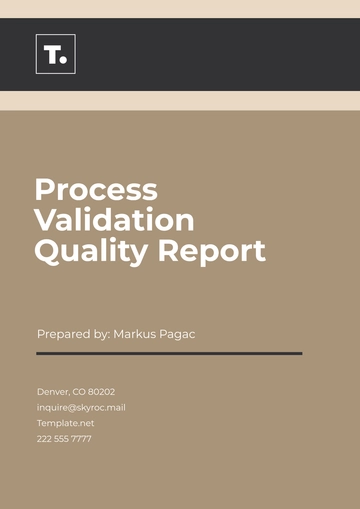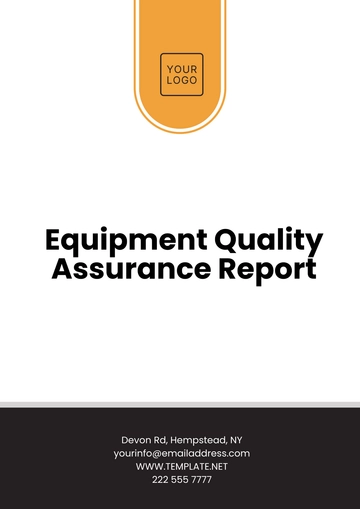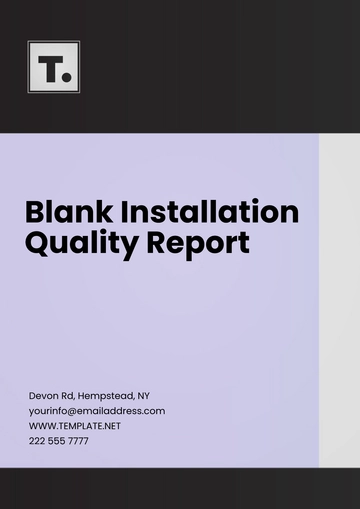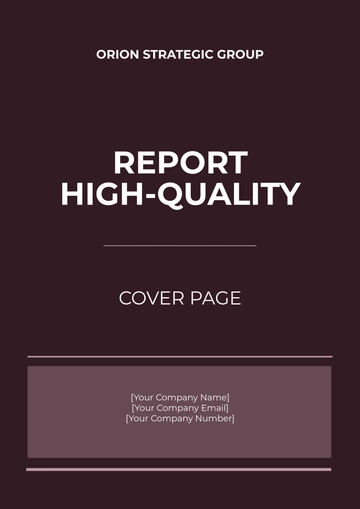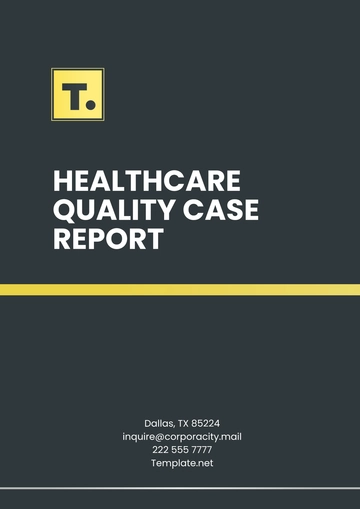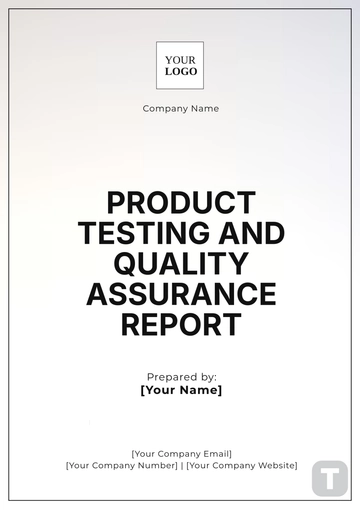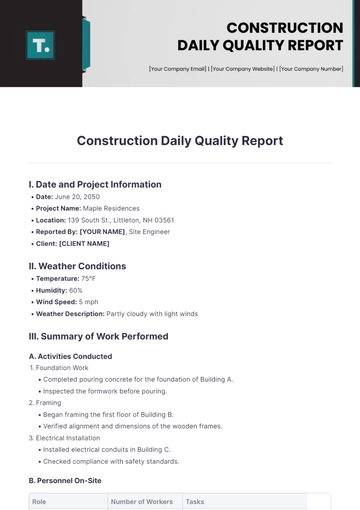Free Healthcare Quality Case Report
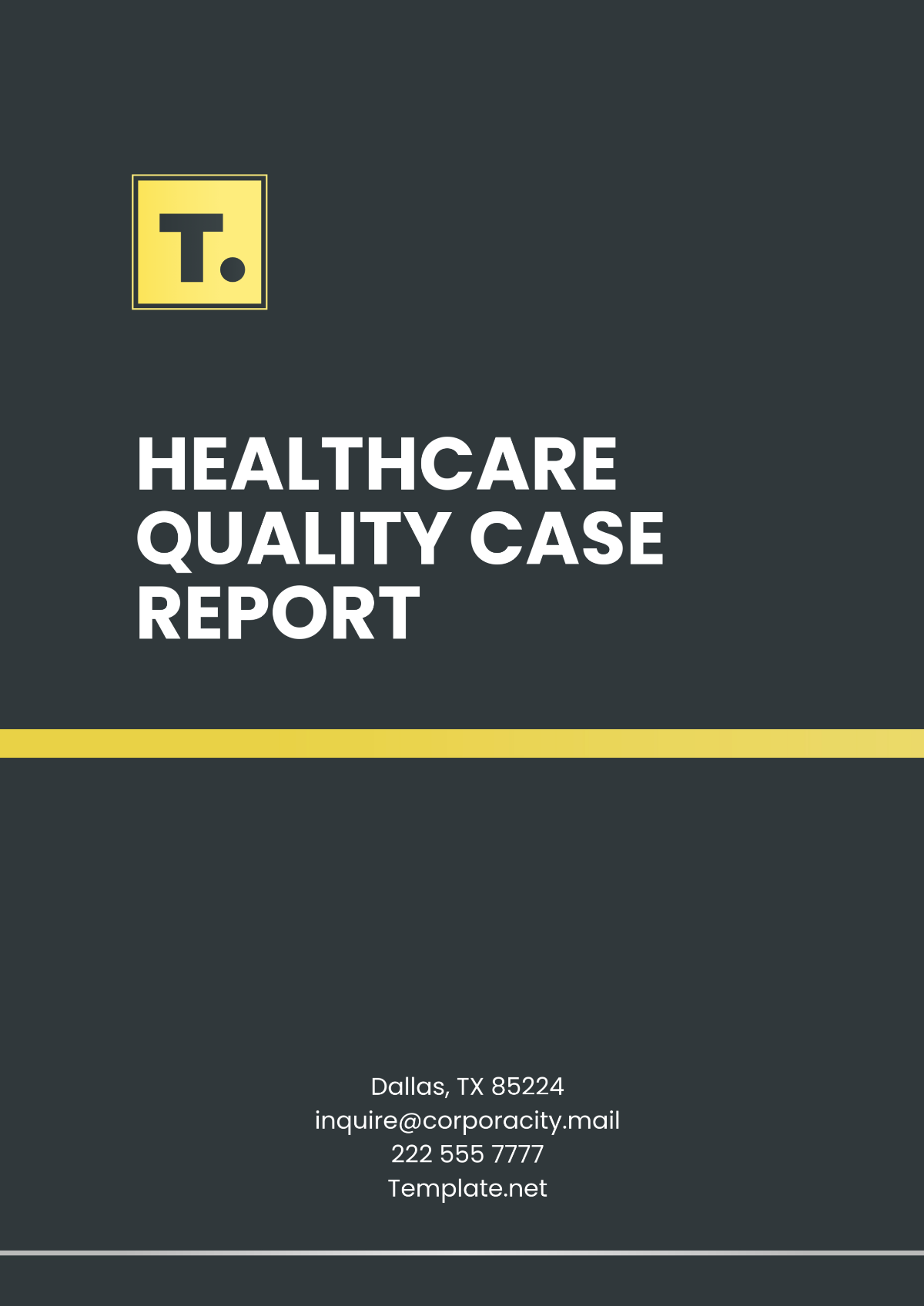
1. Introduction
The purpose of this report is to provide a comprehensive analysis of healthcare quality by examining a specific case within a healthcare setting. This analysis will evaluate the effectiveness of healthcare delivery, identify any gaps in service, and propose recommendations for improvement.
2. Background
The healthcare sector is continuously evolving, with an ever-increasing focus on improving quality and patient outcomes. This report considers a case study from ABC Hospital, a midsize healthcare facility that serves a diverse population in an urban setting. The case involves a 67-year-old patient admitted with complications from hypertension and diabetes.
3. Case Description
The patient, Mr. John Doe, was admitted to ABC Hospital on June 10, 2050, after experiencing severe dizziness and loss of consciousness at home. Upon admission, the medical team conducted a thorough examination, which included blood tests, imaging, and a review of his medication regimen.
Patient Background
Mr. Doe is a long-standing patient with a history of hypertension and Type 2 diabetes. He lives alone and has been struggling with medication compliance, which has previously resulted in multiple hospital visits.
4. Assessment of Healthcare Quality
The following sections evaluate the quality of care provided to Mr. Doe during his hospital stay and the effectiveness of the healthcare team's response.
A. Timeliness
The rapid response of the emergency department upon Mr. Doe's arrival was commendable. Triage was completed within 15 minutes, and initial assessments were conducted promptly.
B. Effectiveness
The medical interventions administered were evidence-based and aligned with clinical guidelines for managing patients with comorbid hypertension and diabetes. The healthcare team effectively stabilized Mr. Doe's condition within 24 hours of admission.
C. Efficiency
Despite the efficient handling of emergency and acute care needs, there were delays in arranging a follow-up consultation with a dietitian, which could have been coordinated more effectively during the hospital stay.
D. Patient-Centeredness
The healthcare team engaged Mr. Doe in discussions regarding his treatment options and involved him in decision-making processes. However, language barriers slightly hindered communication, underscoring the need for improved translation services.
5. Outcomes
After a six-day hospital stay, Mr. Doe was discharged with stabilized vital signs and a revised medication plan. His discharge plan included follow-up appointments and community support referrals to aid in managing his chronic conditions.
6. Recommendations
The following recommendations aim to enhance the quality of care and patient satisfaction:
Implement regular training sessions on cultural competencies for all healthcare staff to improve communication and patient engagement.
Develop protocols for expedited consultations with specialty services to enhance the continuum of care.
Enhance patient education programs focusing on medication adherence and lifestyle modifications.
Invest in technology to improve translation services, ensuring effective communication with non-native speakers.
7. Conclusion
The case study of Mr. Doe demonstrates both the strengths and opportunities for improvement in healthcare quality at ABC Hospital. By addressing the identified gaps, the hospital can further elevate its standards of care and enhance patient experiences. Continuous improvement strategies and patient-centered care models remain essential in achieving these objectives.
8. Appendices
Detailed data supporting the case study findings are presented in the tables below.
Table 1: Timeline of Key Events
Date | Event |
|---|---|
June 10, 2050 | Patient Admission |
June 12, 2050 | Stabilization of condition |
June 16, 2050 | Discharge |
Table 2: Medication Changes
Medication | Before Admission | After Discharge |
|---|---|---|
Lisinopril | 10 mg daily | 20 mg daily |
Metformin | 500 mg twice daily | 1000 mg twice daily |
- 100% Customizable, free editor
- Access 1 Million+ Templates, photo’s & graphics
- Download or share as a template
- Click and replace photos, graphics, text, backgrounds
- Resize, crop, AI write & more
- Access advanced editor
Template.net’s Healthcare Quality Case Report Template is designed to help you document healthcare quality assessments effectively. Customizable and editable, this template offers flexibility to meet the unique needs of your reports. With its easy-to-use interface, editable in our Ai Editor Tool, you can modify it quickly to create high-quality, accurate case reports for any healthcare setting.
You may also like
- Sales Report
- Daily Report
- Project Report
- Business Report
- Weekly Report
- Incident Report
- Annual Report
- Report Layout
- Report Design
- Progress Report
- Marketing Report
- Company Report
- Monthly Report
- Audit Report
- Status Report
- School Report
- Reports Hr
- Management Report
- Project Status Report
- Handover Report
- Health And Safety Report
- Restaurant Report
- Construction Report
- Research Report
- Evaluation Report
- Investigation Report
- Employee Report
- Advertising Report
- Weekly Status Report
- Project Management Report
- Finance Report
- Service Report
- Technical Report
- Meeting Report
- Quarterly Report
- Inspection Report
- Medical Report
- Test Report
- Summary Report
- Inventory Report
- Valuation Report
- Operations Report
- Payroll Report
- Training Report
- Job Report
- Case Report
- Performance Report
- Board Report
- Internal Audit Report
- Student Report
- Monthly Management Report
- Small Business Report
- Accident Report
- Call Center Report
- Activity Report
- IT and Software Report
- Internship Report
- Visit Report
- Product Report
- Book Report
- Property Report
- Recruitment Report
- University Report
- Event Report
- SEO Report
- Conference Report
- Narrative Report
- Nursing Home Report
- Preschool Report
- Call Report
- Customer Report
- Employee Incident Report
- Accomplishment Report
- Social Media Report
- Work From Home Report
- Security Report
- Damage Report
- Quality Report
- Internal Report
- Nurse Report
- Real Estate Report
- Hotel Report
- Equipment Report
- Credit Report
- Field Report
- Non Profit Report
- Maintenance Report
- News Report
- Survey Report
- Executive Report
- Law Firm Report
- Advertising Agency Report
- Interior Design Report
- Travel Agency Report
- Stock Report
- Salon Report
- Bug Report
- Workplace Report
- Action Report
- Investor Report
- Cleaning Services Report
- Consulting Report
- Freelancer Report
- Site Visit Report
- Trip Report
- Classroom Observation Report
- Vehicle Report
- Final Report
- Software Report
